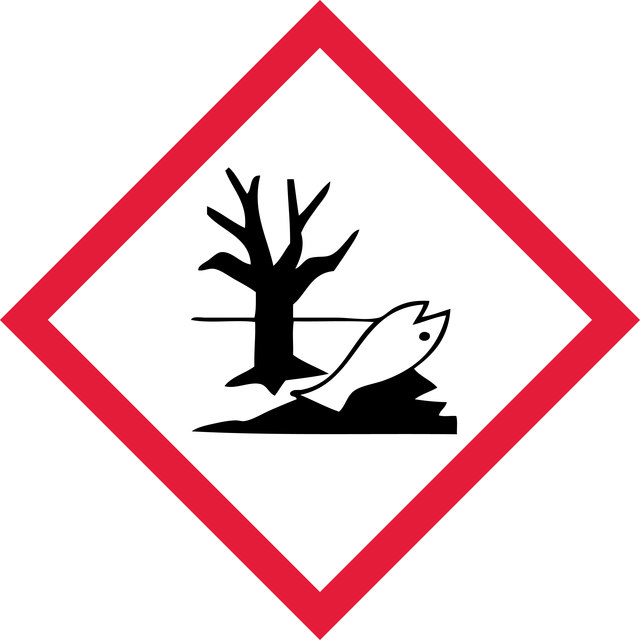422770
Menthyl acetate
97%
Synonym(s):
(±)-Menthol acetate, (±)-Menthyl acetate, dl-Menthyl acetate
Sign Into View Organizational & Contract Pricing
Select a Size
About This Item
Empirical Formula (Hill Notation):
C12H22O2
CAS Number:
Molecular Weight:
198.30
EC Number:
MDL number:
UNSPSC Code:
12352100
PubChem Substance ID:
NACRES:
NA.22
Quality Level
assay
97%
form
liquid
refractive index
n20/D 1.447 (lit.)
bp
228-229 °C (lit.)
density
0.922 g/mL at 25 °C (lit.)
functional group
ester
SMILES string
CC(C)C1CCC(C)CC1OC(C)=O
InChI
1S/C12H22O2/c1-8(2)11-6-5-9(3)7-12(11)14-10(4)13/h8-9,11-12H,5-7H2,1-4H3
InChI key
XHXUANMFYXWVNG-UHFFFAOYSA-N
Looking for similar products? Visit Product Comparison Guide
Related Categories
General description
Menthyl acetate (MA), a monoterpene is one of the main constituent of the peppermint essential oil obtained from the leaves of Mentha piperita. It has been reported to show ambulation-promoting effect in mice. Its fumigant and repellent activity has been evaluated on first-instar nymphs of the bloodsucking bug Rhodnius prolixus. The decomposition of MA in an atmospheric flow reactor and a low-pressure flat flame has been investigated by molecular-beam mass spectrometry (MBMS).
Menthyl acetate is a monoterpene that is widely utilized as a flavoring agent in the food and beverage industry.
Menthyl acetate is a monoterpene that is widely utilized as a flavoring agent in the food and beverage industry.
Application
Menthyl acetate may be used in the preparation of 3-amino-2-hydroxyalkanoates via lithium amide-supported Mannich-type reaction of its lithium enolate with PMP-arylaldimines (PMP=p-methoxyphenyl) followed by in situ oxidation with oxaziridine.
Choose from one of the most recent versions:
Already Own This Product?
Find documentation for the products that you have recently purchased in the Document Library.
V Sfara et al.
Journal of medical entomology, 46(3), 511-515 (2009-06-06)
The aim of this study was to evaluate the fumigant and repellent activity of five essential oils (from eucalyptus, geranium, lavender, mint, and orange oil) and seven monoterpenes (eucalyptol, geraniol, limonene, linalool, menthone, linalyl acetate, and menthyl acetate) on first-instar
T Umezu et al.
Pharmacology, biochemistry, and behavior, 69(3-4), 383-390 (2001-08-18)
Various plant-derived essential oils (EOs) have traditionally been used in the treatment of mental disorders, despite a lack of scientific evidence. In a previous study, we demonstrated that certain EOs possess behavioral effects, a finding that supports our original hypotheses
A review on peppermint oil.
Alankar, S.
Asian Journal of Pharmaceutical and Clinical Research, 2(2), 27-33 (2009)
Kinetic studies of methyl acetate pyrolysis and oxidation in a flow reactor and a low-pressure flat flame using molecular-beam mass spectrometry.
Yang X, et al.
Proceedings of the Combustion Institute, 35(1), 491-498 (2015)
Chemical composition of essential oils of Thymus and Mentha species and their antifungal activities.
Marina D Soković et al.
Molecules (Basel, Switzerland), 14(1), 238-249 (2009-01-13)
The potential antifungal effects of Thymus vulgaris L., Thymus tosevii L., Mentha spicata L., and Mentha piperita L. (Labiatae) essential oils and their components against 17 micromycetal food poisoning, plant, animal and human pathogens are presented. The essential oils were
Our team of scientists has experience in all areas of research including Life Science, Material Science, Chemical Synthesis, Chromatography, Analytical and many others.
Contact Technical Service